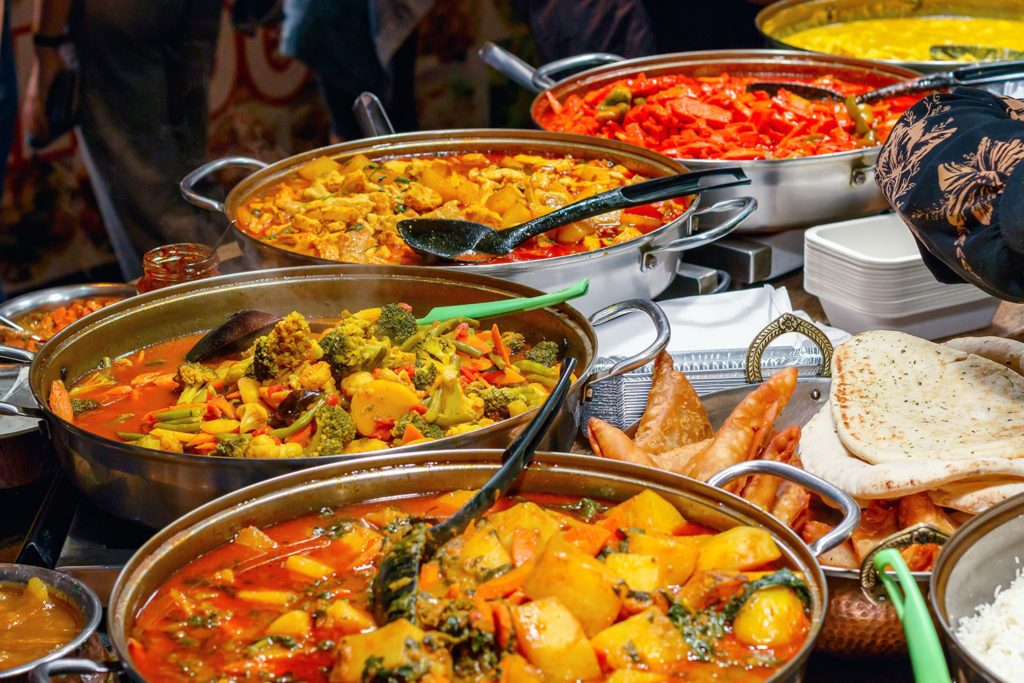
When I hear people say, “Let’s go out for Indian food,” I immediately think, “What kind of Indian food?”
The truth is that the subcontinent is a massive place, spiritually, culturally, and yes, gastronomically. Frankly, it’s impossible to categorize it as any one thing. Being married to a woman whose family hails from southern India, around Chennai, but now lives all over India — from Delhi to Bangalore, and places in between — I have long known this.
Our three week trip this past winter brought the regionality and cultural complexities of Indian foodways into focus for me.

A Grain of Truth
The southern and eastern coastal states of India, from Andhra Pradesh down through Tamil Nadu, grow much of India’s rice. The northern and western states, Madhya Pradesh and Rajasthan, etc., focus more on wheat production.
As a result, you’ll find a lot more rice-based dishes down south and along the southeastern coast, and a greater emphasis on breads like naan, paratha, and chapati in the north. While this is a basic rule of thumb, people certainly do eat rice up north, and flatbreads down south. (You’ll find a map at the bottom of the article, so that you can visualize where all of the cities and to
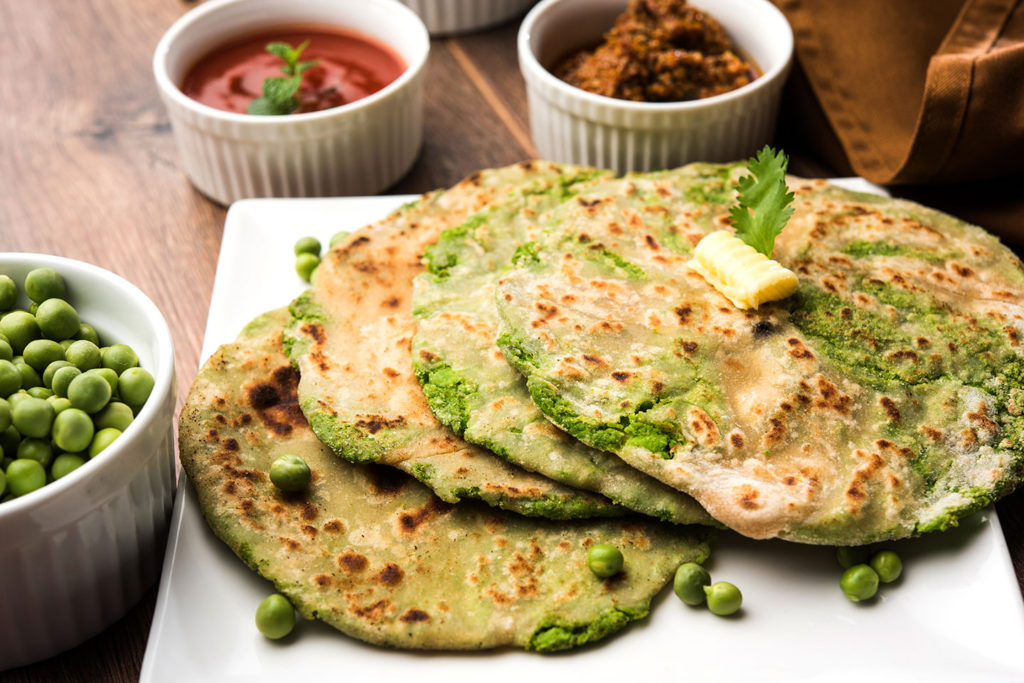
Down South
Dosa, the thin, crispy fried crepe-like rolls, typically associated with south India, are made from a batter of ground and fermented rice and lentils. This is similar to the batter used to make the pillowy Idli.

Indians in the south consider Idli a breakfast staple, while they eat dosa at lunch or dinner, often filled with potato (masala dosa). You’ll find dosa throughout India now, as a result of southerners settling in other regions as segments of society grow more affluent and mobile.
Since popular west coast resort areas like Goa and Kerala are located in the southern half of the country, the south is also known for its seafood. This is also true along the east coast between Chennai and Puducherry.
And, finally, in southern India, where coconut trees are plentiful, coconut is a common ingredient, lending a vaguely Pacific Island/Polynesian vibe to some dishes.

Far North
In the north, along the border with Tibet and China, the cuisine echoes the food culture in those neighboring countries.
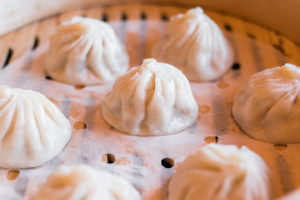
In extreme northern India, you can expect to find Tibetan momo-style dumplings near Sikkim. Then you’ll find a Chinese influence in the cuisine in Arunachal Pradesh, or Chinese and Bangladeshi type dishes on menus throughout Nagaland.
And, as with the rest of India, the religions (Buddhism, etc.), cultures, and class/caste systems in these neighboring regions will also have influence on the foodways in these northern Indian border regions as well.
Religion, Class, and Caste
While climate and agriculture impact the sprawling range of Indian cuisines, other factors also exert influence on Indian food culture. Though you can faithfully practice Hinduism without being vegan or vegetarian, many Hindus don’t eat meat. They believe living a vegan or vegetarian lifestyle reduces suffering. Thus they refrain from eating meat on this basis, rather than on specific vegetarian/vegan Hindu doctrine.
For me, the most interesting link between Hinduism and non-meat diets relates to the practice of eating only what your body needs. So, for example, if you are a hunter, laborer, or warrior, it’s likely that your body needs more calories and protein than a college professor might.
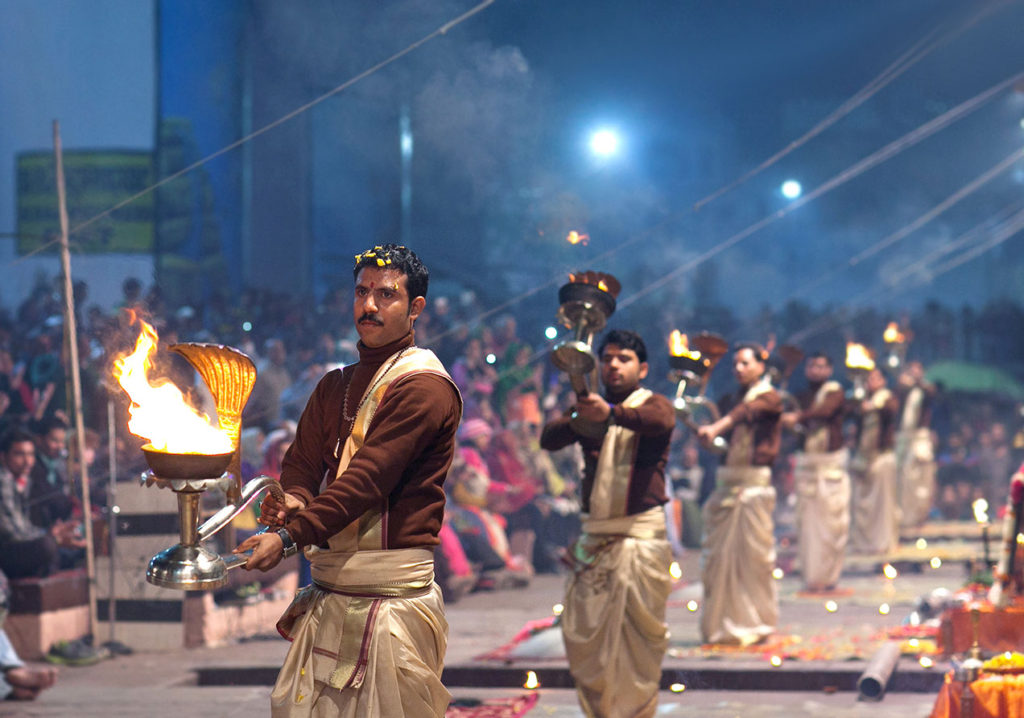
Over time, this has resulted in somewhat class-based levels of veganism and vegetarianism. Laboring classes tend to eat more meat while the non-laboring professions, such as priests and teachers (Brahmins, etc.) often eat little or no meat. As a result, vegetarianism and veganism are practiced in varying degrees throughout India. And some of this can be pinned to areas of greater or lesser religious observance, but also to the vagaries of education as well as economic or social class and/or caste. Additionally, many Hindu observants refrain from extreme spices and foods, including, in some cases onions, and garlic, as they are believed to incite the senses.
Hot Drinks
We can make another north/south food culture generality about the preferred form of hot drinks.
On our flight to from Paris to New Delhi, the young Indian student next to my wife spoke in rapturous tones about the South Indian coffee she was looking forward to immediately upon her arrival at home.

This reminder of the mythical brew ignited my wife’s fever for the stuff, which she’d enjoyed on her trips to India in her younger days. Truth be told, I find the low-tech filter coffee quite addictive as well!
The person making coffee passes hot water and special grounds (often containing chicory) through a gravity fed stainless filter. This creates a thick, dark, “decoction.” The coffee maker mixes this with hot milk poured from a height of 8-12 inches between cups, creating a frothy, but not foamy mix. It’s a hot, milky coffee, that is not sugary sweet, but has an easy-on-the-palate lightness and “just enough” touch of sweet from the frothed milk.
By contrast, we drank more tea up north around Delhi. True, our relatives from southern India who live up north indulged our gluttony for South Indian coffee. But out and about, tea seemed to be the boiling brew of choice in the north.
Fresh and Local
One pervasive truth throughout the country: Indian cuisine relies on fresh produce and the trusted provenance of ingredients.
Typically, households receive several weekly deliveries from local farmers, shops, and fruit/vegetable sellers, the quality of whose goods are well known to them. Plastic-wrapped, or punnet-encased groceries in clean and sterile supermarkets, while such things do exist, seem far from the norm. Indian cuisine thrives in this fresh, unfettered quality, and the wide variety of seasonal produce.
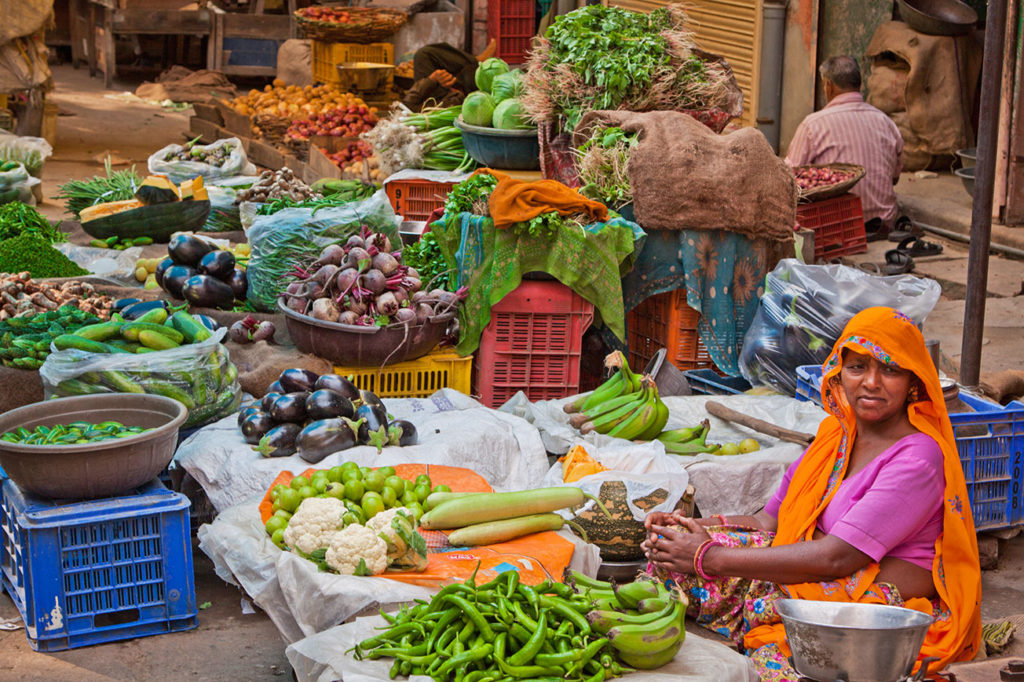
My experience in three weeks in the country proved that India is mind-bogging vast, not just in size, population, language, religious observance, property, and culture, but also in the array of cuisines and foodways. We saw it in the number of dishes we tried in various places, both north and south, and in the endless talk of favorite meals, drinks, and treats — past and present.
While one can make generalities about certain regions, there are observable differences between South Indian and North Indian staples. I look forward exploring further: sitting down to a mug of tea with my dosa, or a South Indian filter coffee with a breakfast paratha.

A map to all of the Indian cities mentioned in the article:
 Glenn Kaufmann is a freelance travel, food, and film journalist based in Dublin, Ireland. As a child of the American South, he has a weakness for buttermilk biscuits. As an escapee from Los Angeles, he has a love for seeing beaches and deserts in the same day. And, now, in Ireland, he’s developed a fondness for whiskey (and a collection to match).
Glenn Kaufmann is a freelance travel, food, and film journalist based in Dublin, Ireland. As a child of the American South, he has a weakness for buttermilk biscuits. As an escapee from Los Angeles, he has a love for seeing beaches and deserts in the same day. And, now, in Ireland, he’s developed a fondness for whiskey (and a collection to match).
| Like it? Share it! 🙂 | |
|---|---|
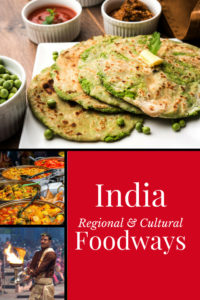 |
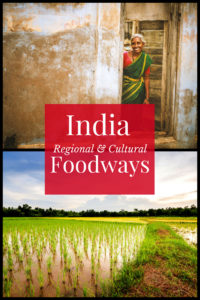 |


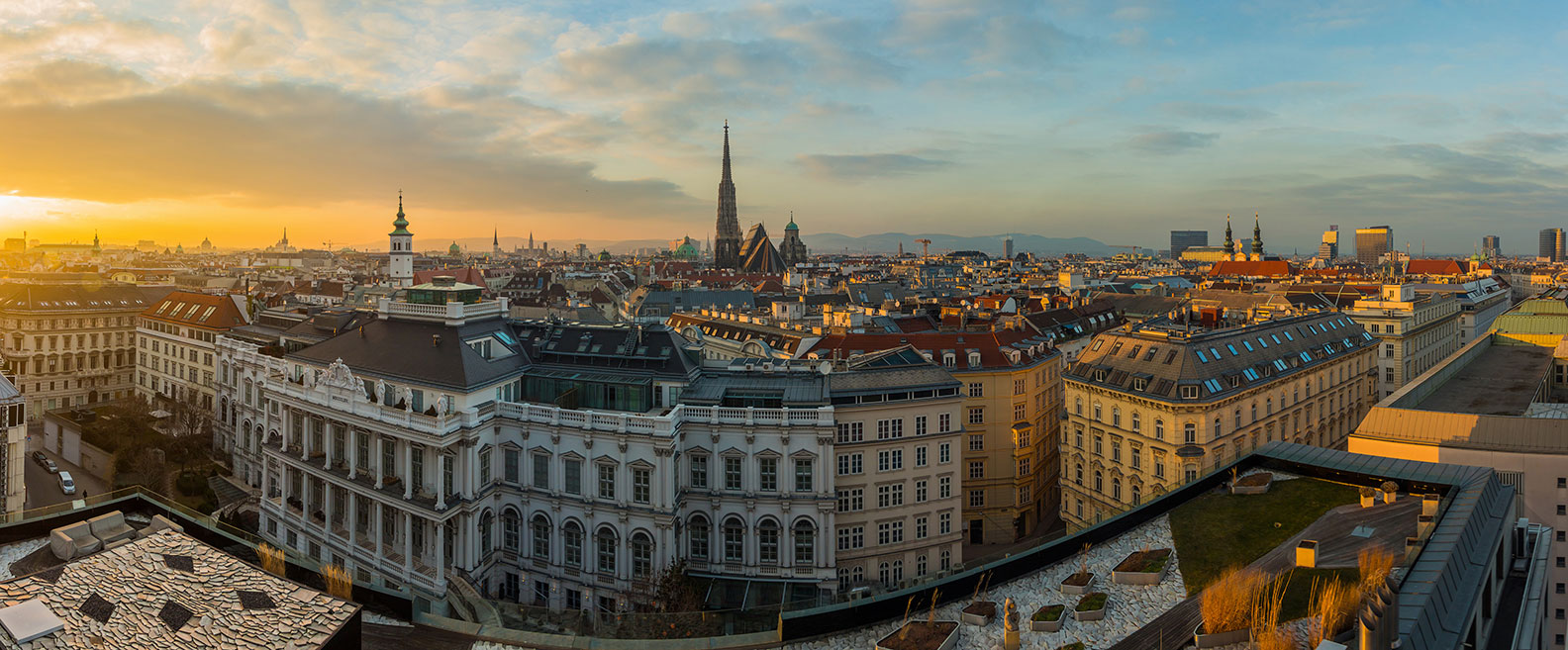


Oh my gosh, Ann. All this food looks so delicious! The closest I’ve come to authentic Indian food is in the Indian district of Singapore. I would love to visit India for many reasons, and food is near the top of that list.
I am a ‘Madrasee’ or ’ ‘southie’ yes that’s what we South Indians are often called fondly. My heart set soaring when I saw the photo of Kaapi. Wonderful post, which shows the different varieties of food of India. I often feel dejected when all Indian food is referred as ‘curry’. Your post made me think of doing gastronomic trip to India . Thank you very much
Ushasita,
I’m glad you liked the post. I hope you’re able to make or get good kaapi wherever you are.
Your idea for a trip sounds great.
Hope to meet you on the road.
Glenn K.
That pea paratha looks amazing. I want to go back to India one day soon, It’s so large and diverse. So much to see and experience. The Indian people are so hospitable and kind and generous.
Mnse,
I agree it looks good. And I too am already plotting a return trip.
Hopefully we’ll both get back there soon.
Cheers,
GK